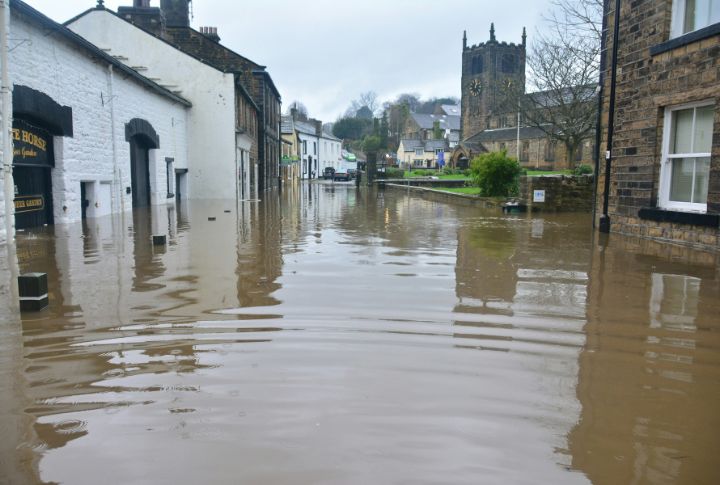
Living with rising prices is just part of today’s reality, but something more complex is happening alongside it. Economic inequality no longer hides in abstract numbers or policy debates; it has started showing up in people’s everyday routines. You can see it in the classrooms kids attend or in the neighborhoods people live in. It’s also in the choices people must delay or skip altogether. Here’s a closer look at 10 ways economic inequality is starting to take over everyday life.
Wage Growth Fails To Keep Up With Living Costs

Median wages barely rise, while essential costs like housing and food surge sharply. As a result, many full-time workers struggle to cover basic expenses. In some cities, rent prices doubled over the past decade. This wage stagnation hits low-income workers the hardest, deepening financial stress.
Wealth Gaps Shrink Retirement Security

Many workers enter their senior years with shrinking safety nets. Pensions are disappearing, and lower-wage jobs rarely offer retirement benefits. Even those who save face rising costs that quickly drain what little they’ve managed to put away. The dream of retiring comfortably is slipping farther out of reach.
Childcare Costs Limit Workforce Participation

Childcare expenses now rival college tuition in many regions. This forces some parents—especially women—to reduce hours or leave jobs entirely. The lack of affordable care keeps families from advancing financially and blocks equal participation in the labor market.
Unequal Access To Quality Education

Not all students start with the same educational footing. In poorer regions, schools manage with outdated supplies and shrinking staff, which limits learning potential. Since private education costs more than some families earn in a year, it stays out of reach. Meanwhile, remote learning access also remains inconsistent.
Rising Healthcare Costs Create Hardship

Healthcare has become a growing burden, especially for families lacking strong insurance. Rising drug prices and limited access worsen conditions that could have been prevented. The poor face longer waits, skipped treatments, and higher risks, fueling deeper health inequality.
Money’s Disproportionate Political Influence

Wealthy donors often influence laws by pouring money into campaigns and lobbying. Loose campaign finance rules give these contributions greater power, drowning out the voices of regular citizens and shifting political priorities toward those with deep pockets.
Tax Systems Favor The Wealthy

Tax codes are full of exceptions that help the wealthy and big businesses lower their bills. Those at the top often give up less of their income than everyday workers. Proposals to implement wealth taxes appear regularly but rarely make it into law.
Rising Student Debt Limits Economic Progress

Student debt has exploded, turning once-manageable loans into long-term financial traps. Graduates delay buying homes, save less, and struggle to build wealth. This growing burden widens the gap between those with family support and those starting out with nothing.
Climate Change Hits Poor Communities Harder

Low-income groups face greater harm from climate events such as floods and heat waves. These communities suffer more from pollution and often lack the resources to recover. At the same time, wealthy areas tend to bounce back quickly. Climate migration also rises in poor regions, adding pressure to already stretched local systems.
Digital Divide Limits Opportunity

Lack of internet access in rural or low-income areas cuts people off from opportunity. Without solid connectivity, countless individuals fall behind in work, school, or even getting medical care. This digital gap widened sharply during the pandemic. Improving infrastructure and providing affordable access could narrow the gap and promote greater equality over time.
